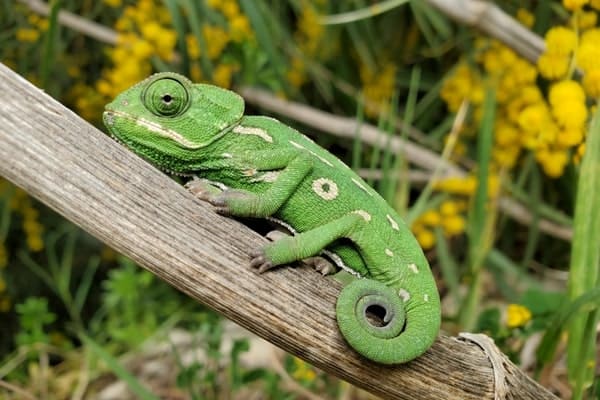Chameleons: Masters of Disguise
Chameleons are remarkable reptiles known for their color-changing abilities, which help them communicate, camouflage, and regulate their body temperature. Found primarily in Africa and Madagascar, chameleons are highly specialized lizards with a range of adaptations that make them unique in the animal kingdom.
One of the most well-known traits of chameleons is their ability to change color. Contrary to popular belief, they do not change color solely to blend into their surroundings. Color change in chameleons is often used for social signaling—indicating mood, territory, and mating status. For example, a male chameleon might become bright and bold in color to attract a female or to warn off a rival male.
Chameleons have incredibly long, sticky tongues that can be up to twice the length of their body, which they use to catch prey such as insects. Their eyes are another unique feature—they can rotate independently, giving them a full 360-degree field of vision and allowing them to scan for prey without moving their bodies.
Chameleons are arboreal creatures, meaning they live primarily in trees. Their feet are adapted for gripping branches, with toes arranged in a pinching configuration to help them climb. Their prehensile tails also aid in balance and stability while navigating the forest canopy.
Unfortunately, habitat destruction, particularly in Madagascar, threatens many species of chameleons. Illegal pet trade also poses a risk to their populations. Conservation efforts are needed to protect their forest habitats and regulate the pet trade to prevent further declines in chameleon numbers.

